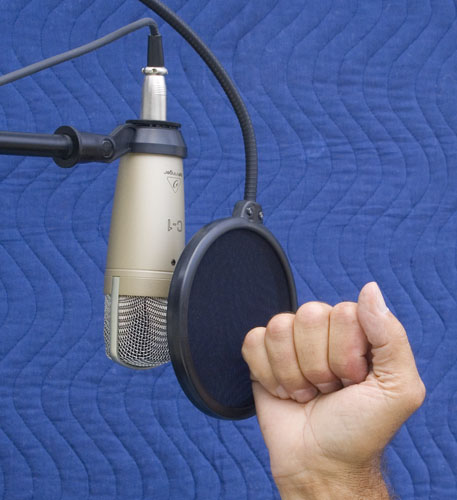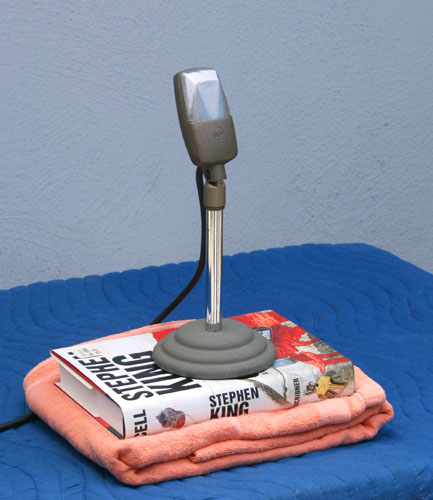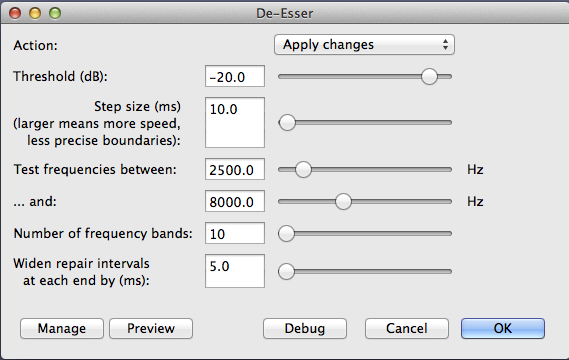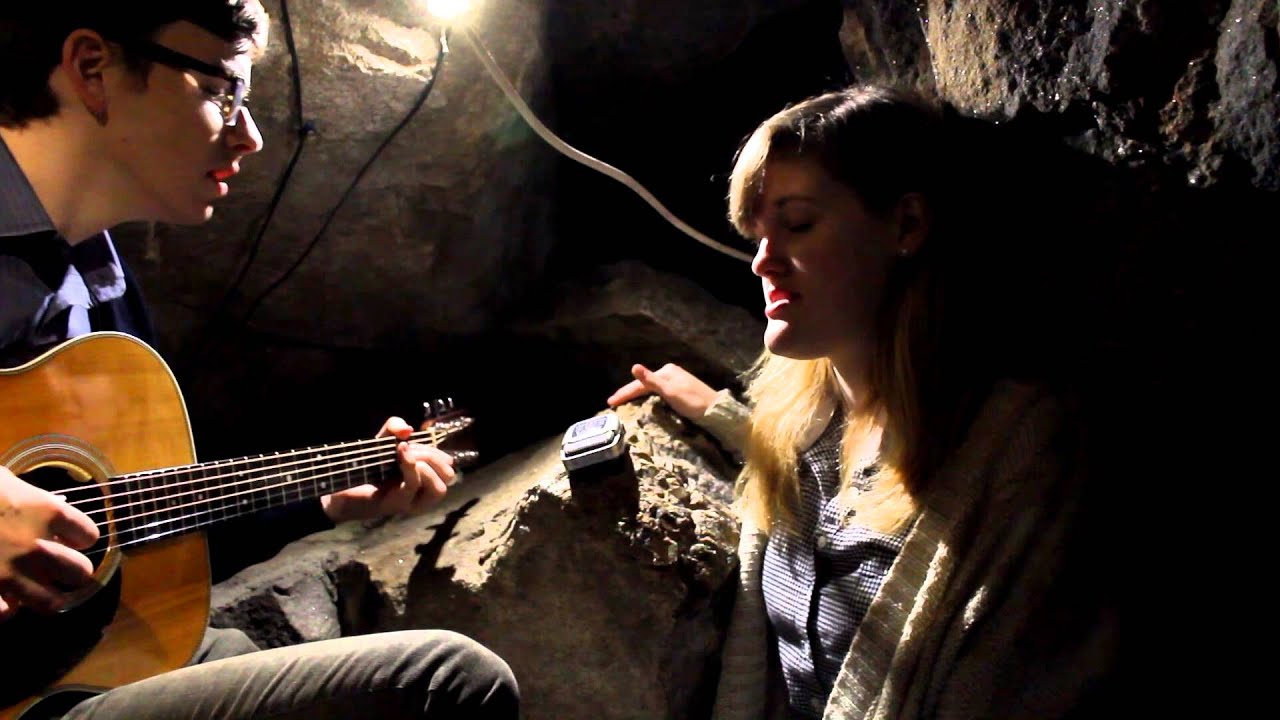I’m not a fan of the foam balls. They do work but they tend to muffle everything. Their two chief attributes are being cheap and you can wad one up and stuff it in your pocket next to your phone—without scratching the phone.
I know of three good techniques. The tennis racket, the tea strainer and clever positioning.
I was not straight-on to the H1n when I produced the Mars clip. I was at an oblique angle.
https://forum.audacityteam.org/t/audio-sample-noise-issues-2-3-2/54239/22
Most of the popping, essing and spit goes straight in front of you and/or slightly down. Don’t put the microphone there. You can’t tell from the illustrations, but the microphone was level with my mouth/nose. Having the microphone straight in front and down slightly is typical of home microphone tripod mounts (such as the Snowball) and is just asking for trouble.
~~
The tea strainer is relatively new (to me).

That one works by forcing the sound to go through tiny holes in a plate. P-pops and breathing produces a lot of air and the large volume of air just won’t go through the holes. These things are effective and tiny (and I have almost no personal experience with them). That’s David Greene of NPR-West, Culver City.
~~
The classic pop suppressor is a tennis racket with a ladies’ stocking stretched over it.


That one works by only being able to stretch enough to pass good quality voice and not enough to pass pops and breathing.
There are internet postings about how to make one of those from a wire hanger and a nylon stocking.
~~
I’d have to go back and look at the settings. I remember it didn’t follow the process and flow of my other recorders.
It produces perfect quality (no compression) WAV (Microsoft), 16-bit, 44100 sampling rate, Stereo. That’s Audio CD quality, and all three computing platforms know how to use the files.

What other problems are you going to solve with this recorder?
Koz














